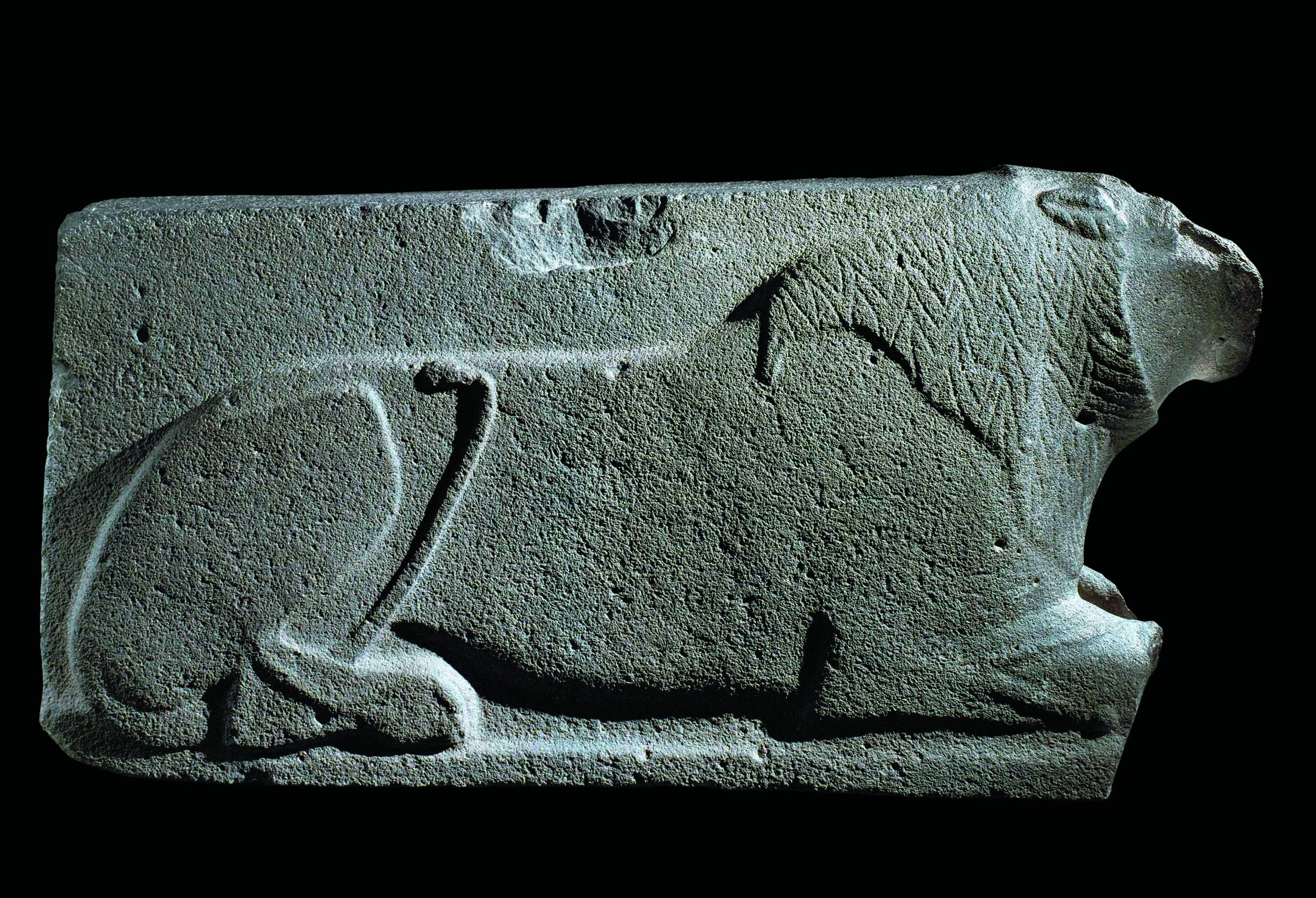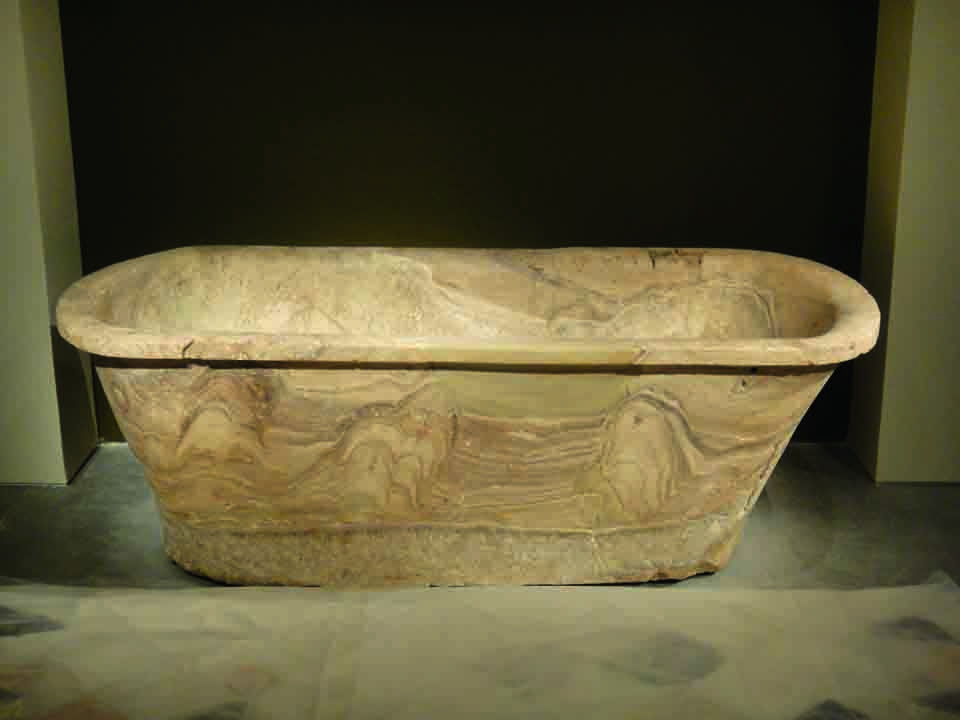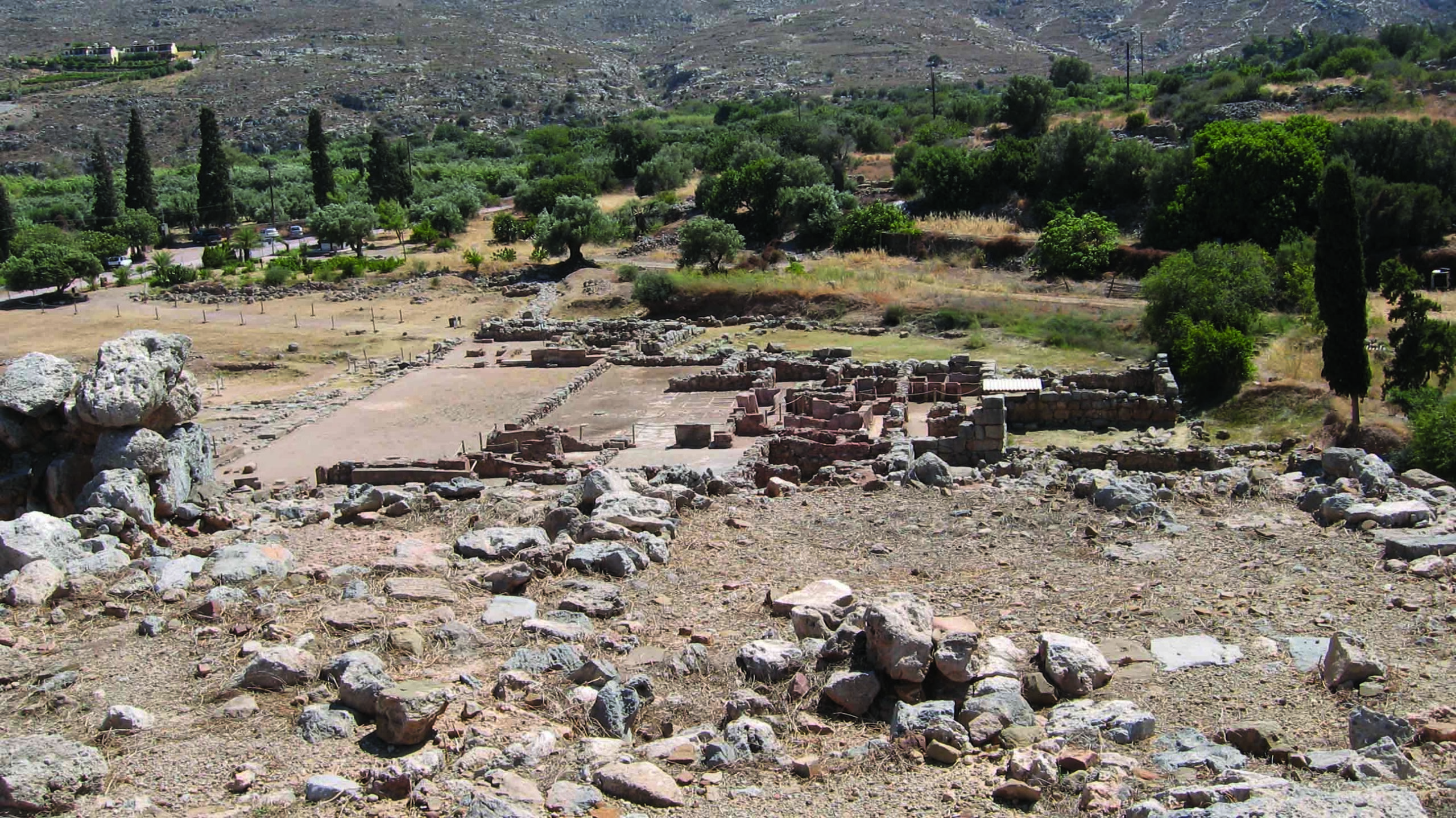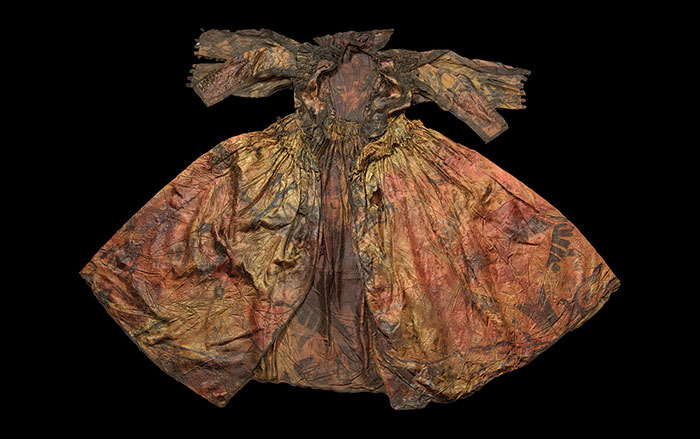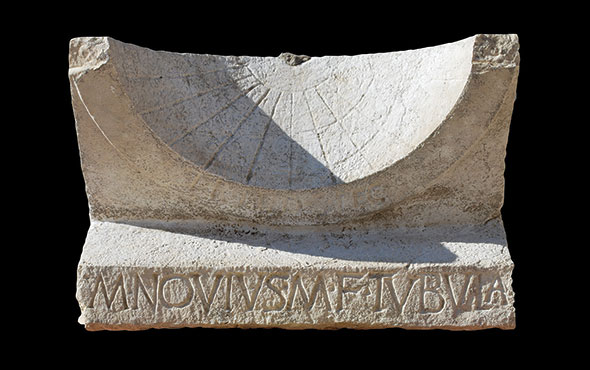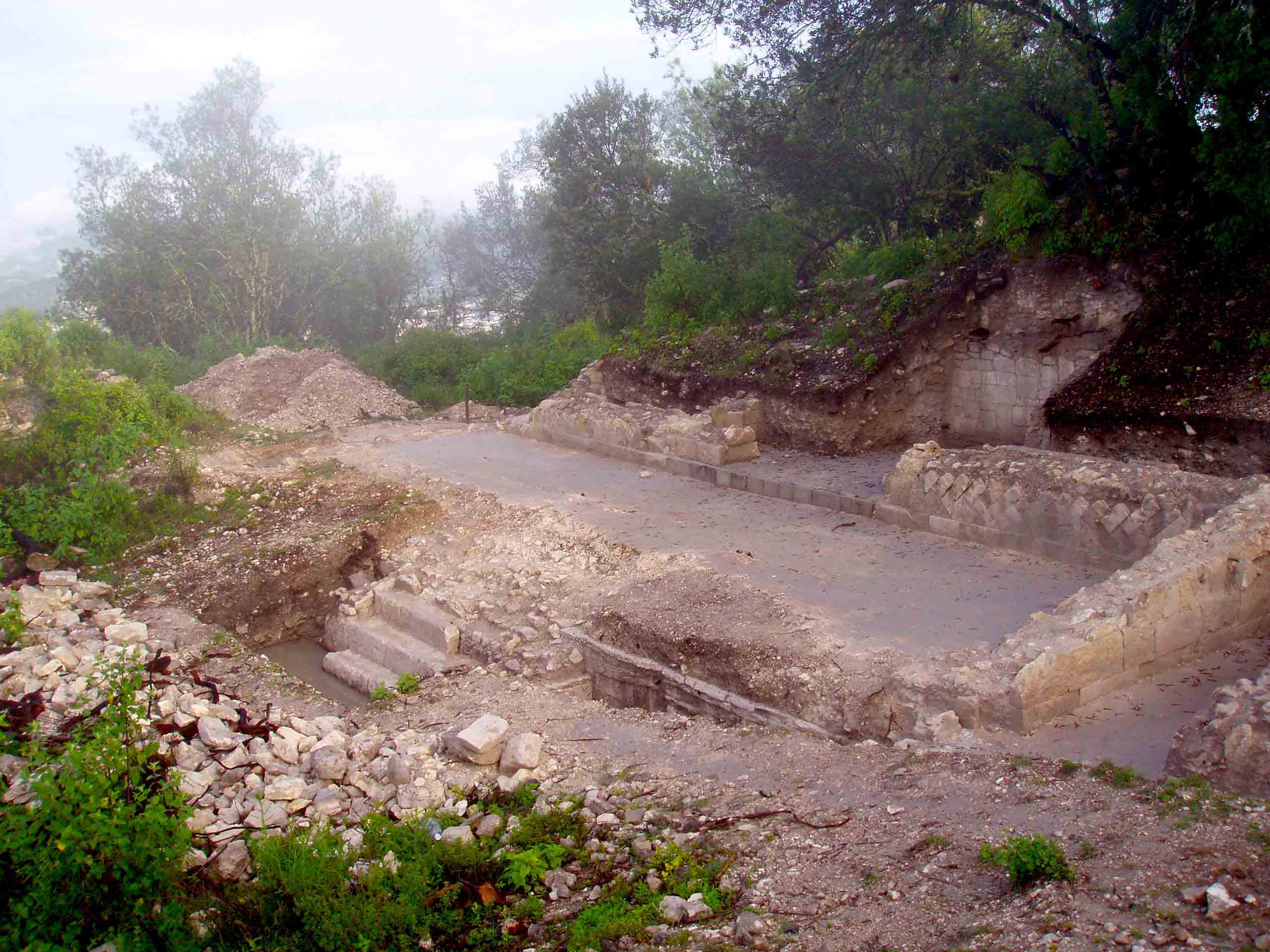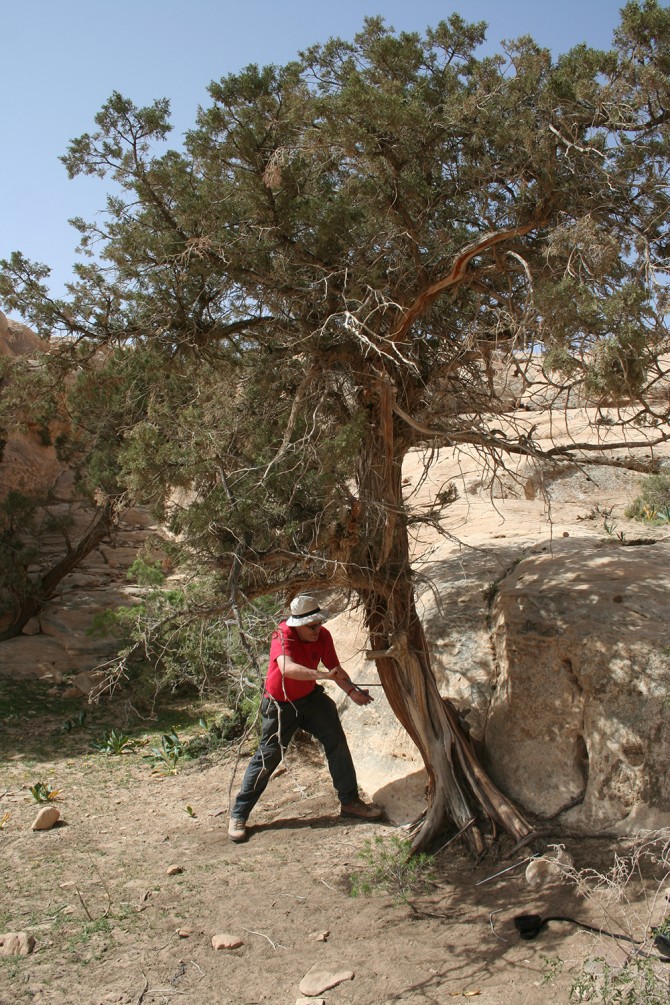
ITHACA, NEW YORK—According to a Laboratory Equipment report, a team led by dendrochronologist Sturt Manning of Cornell University has found that the traditional carbon-14 calibration curve for the Northern Hemisphere produces inaccurate dates for organic materials in southern Jordan, Israel, and Egypt. Standard radiocarbon chronologies are based on the assumption that radiocarbon levels are similar and stable everywhere across the Northern or Southern Hemisphere at any given time. The researchers dated juniper trees in Jordan known to have grown between about A.D. 1610 and 1940 through an assessment of their tree rings, and found a discrepancy of about 19 years—enough to require a restructuring of the historical timeline—with radiocarbon tests. Manning suggests the variations in the radiocarbon cycle could be related to climate conditions, and what time of year plants grow in different parts of each of the two hemispheres. For more on potential problems with radiocarbon dating, go to “Premature Aging.”



